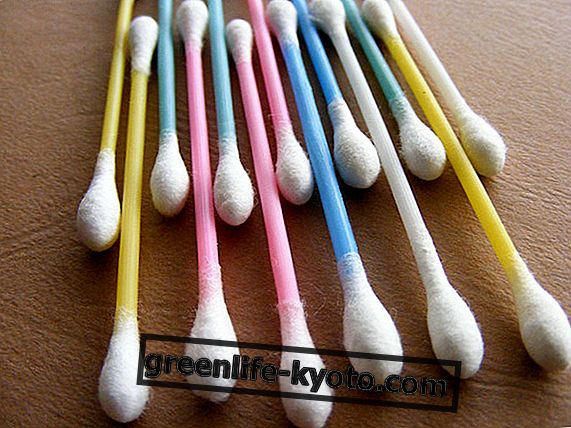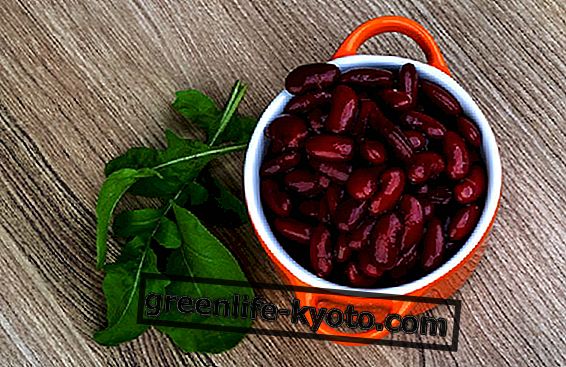
Pomegranate is a shrub that produces fruits rich in vitamins, minerals and antioxidant substances. Let's see what it contains, how to clean and how to use pomegranate in the kitchen .
What it is and what the pomegranate contains
The pomegranate ( Punica granatum ) is a shrub of the Punicaceae family native to Asia and widespread throughout the Mediterranean area. In Italy there are several pomegranate cultivars.
The pomegranate produces beautiful red flowers from which particular berries are called balausti, commonly known as pomegranates, typically autumnal fruits that can be purchased in every fruit and vegetable shop.
We see the pomegranate fruit what it contains . The pomegranate is rich in polyphenols, in particular hydrolysable tannins. The tannin most represented in the pomegranate is punicalagin, responsible for about 50% of the antioxidant activity of pomegranate juice.
The pomegranate also contains vitamins A, C, B9 (folic acid) and E and minerals, in particular potassium and iron. The pomegranate juice is rich in glucose, organic acids, anthocyanins and catechins.
The pomegranate and the juice obtained from it have an anti-inflammatory and antioxidant action, while the root bark is traditionally used as anthelmintic.
Use of pomegranate in the kitchen
Pomegranate is consumed as a fruit for breakfast, as a snack or at the end of a meal but it can also be used for the preparation of sweet and savory dishes.
For example, pomegranate seeds can be used to garnish and salads, main courses, desserts and liqueurs, but also to prepare unusual and tasty risottos and pasta dishes, added at the end of cooking.
The taste of pomegranate goes well with that of ginger, fish and white meat, but the sweet and sour taste of this fruit is easily combined with pumpkin, persimmon and broccoli.
Pomegranate juice can instead be used to prepare sweet sauces to garnish and flavor sorbets, yogurt, spoon desserts and cocktails. Pomegranate juice is also used in the kitchen to make jellies and sauces to accompany cheeses, dress salads or garnish first and second courses.
Pomegranate, how to clean it
To easily get the pomegranate grains to use in the kitchen, remove the upper part of the fruit with a knife, then cut the rind into wedges.
In this way the pomegranate will open up into segments and it will be possible to obtain the grains of the fruit. Alternatively, after removing the upper part of the pomegranate, rotate it on a flat surface using the palm of the hand, so that the grains come off the skin and the internal pericarp. The pomegranate will then be beaten with a spoon to make the beans fall, to be collected in a bowl.
If you want to get pomegranate juice, simply cut the fruit in half and squeeze it with a juicer, exactly as you would for oranges.













